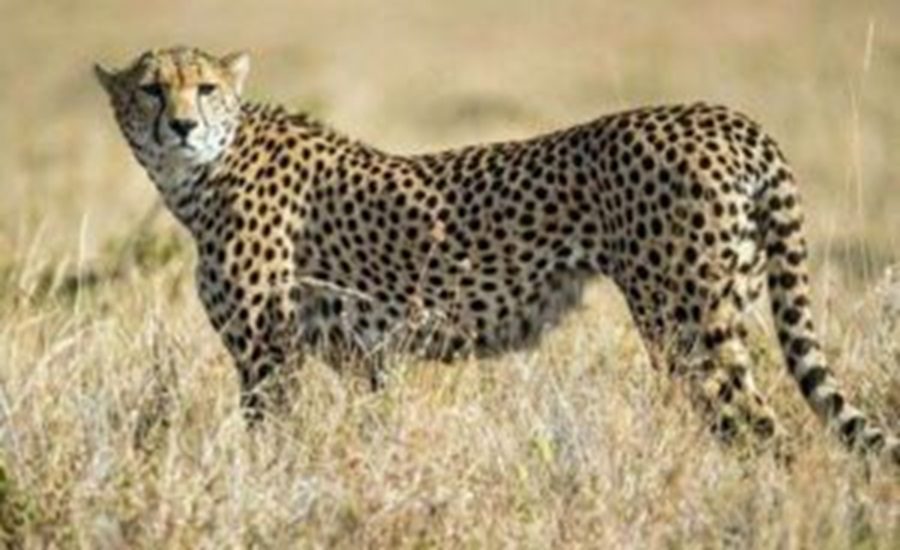The Central Zoo Authority (CZA) has given final approval for a cheetah conservation breeding center in Gujarat’s Banni grasslands, marking a significant step in reintroducing the species to the state after decades. This project aims to house 16 cheetahs, a mix of males and females, primarily from Namibia or South Africa. Initial groundwork began after the CZA’s ‘in-principle’ approval in February. A 500-hectare enclosure has been prepared in Banni, Kutch, with approximately ₹20 crore allocated for fencing, habitat redevelopment, and a hospital.
Banni, chosen from ten potential sites identified in 2009, offers a savannah-like habitat ideal for cheetahs, similar to East African landscapes. Historically, cheetahs were present in the region, with records of their existence until the early 1940s. The project focuses on developing and breeding the cheetahs rather than promoting tourism. To support the cheetahs, the forest department has improved about 14,000 hectares of grasslands and initiated a chinkara breeding program to bolster the prey base, with a blackbuck breeding program also planned.
The absence of apex predators like leopards in Banni provides a favorable environment for cheetahs. Despite the challenge of an insufficient prey base, the region’s potential to support as many as 55 cheetahs, given proper habitat management, has been highlighted in a report by the Wildlife Trust of India and Wildlife Institute of India. The Banni grasslands and the Kachchh Desert Sanctuary cover approximately 5,000 km² in north-western Gujarat, lying south of the Rann of Kachchh mud-flats, parts of which are inundated by sea water during the rainy season. This initiative represents a crucial effort in restoring India’s lost wildlife heritage.



























